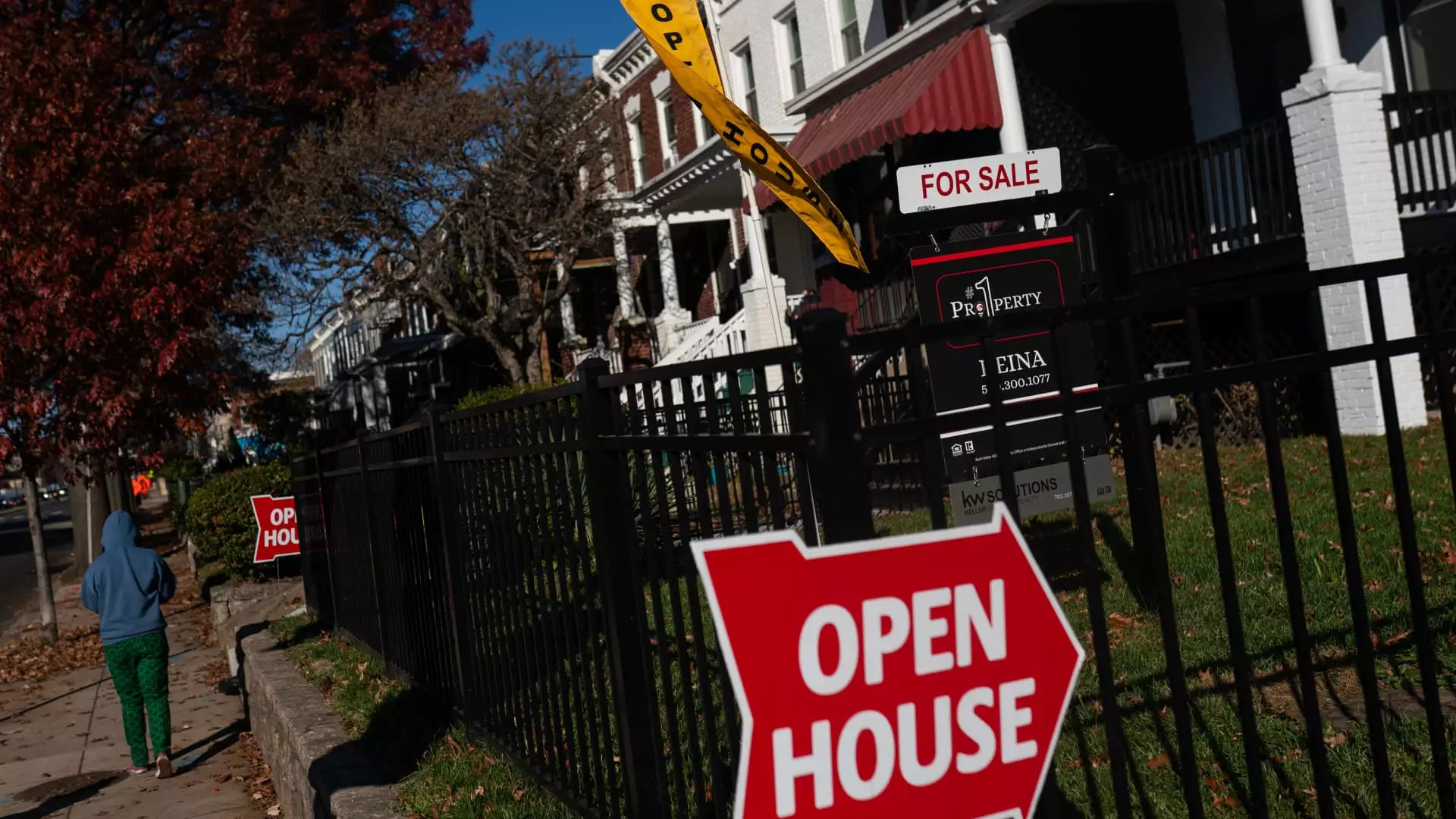When Maryland’s Governor Wes Moore recounted his experiences growing up, it was more than just a tale of youthful rebellion — it was an emblematic reflection of the systemic issues surrounding homeownership and personal security in America today. At 8, his mother considered military school; at 13, she made the fateful decision to send him. His story isn’t just a narrative of overcoming adversity but also a representation of the sacrifices many families make to secure a better future for their children.
Through self-improvement facilitated by education, Moore illustrates how pivotal opportunities like military academies shape lives. But beneath this inspiring façade lies a more burdensome reality; many aspiring homebuyers today are left grappling with overwhelming economic challenges. Moore remarked during a recent conference about how housing transends mere shelter; it is the bedrock of security and future investment. Yet, for a significant portion of the younger generation, the dream of homeownership feels increasingly unattainable.
The Shrinking Dream of Homeownership
Governor Moore highlighted a disheartening statistic: around 30% of young Maryland residents are contemplating leaving the state due to high housing costs. This alarming trend reflects a national crisis where soaring home prices and exorbitant interest rates conspire to exclude a generation from achieving a vital milestone. How has it come to this?
The story of Moore’s family — where sacrifices were made to help fulfill his educational aspirations — starkly contrasts with a future where many young adults struggle under an avalanche of student debt and inflated living costs. According to a 2024 report from the Joint Center for Housing Studies, the number of cost-burdened renters, defined as those spending over 30% of their income on rent, reached an unprecedented high in the previous year. When considering these burdens, it is no wonder young Marylanders feel the specter of leaving behind their home state for better opportunities elsewhere.
This sense of dispossession is further illustrated when you dive into the historical data. Since 1980, median home prices have outpaced median household incomes, resulting in a staggering decline in homeownership among those in their prime home-buying years. Today’s individuals aged 35 to 44 are experiencing homeownership rates that have plummeted over 10% compared to their counterparts from 45 years ago. With fewer households being formed, the situation becomes more precarious for current young hopefuls.
The Broad Divide: Who Gets to Own?
The disparities are even more pronounced within income and racial demographics. Data reveals that lower-income households are increasingly less likely to own homes, exacerbated by diminishing marriage rates, which typically correlate with higher homeownership. Additionally, educational attainment remains pivotal; a shrinking number of low-income households are able to access higher education, further complicating their financial prospects.
Another grim dimension of this narrative is the racial inequity intertwined with homeownership rates. A recent study by the National Association of Realtors emphasizes this division, showing that while the Black homeownership rate saw a buoyant increase to 44.7% in 2023, it still lags significantly behind the white homeownership rate of 72.4%. This disparity continues to stifle wealth accumulation among minority communities, perpetuating a cycle of renting without the opportunity for asset appreciation.
The Role of Policy in Shaping Futures
As Governor Moore proposes, there is a vital need for policy shifts aimed at uplifting the housing market for first-time buyers. Whether it be through educational initiatives designed for low-income families, down payment assistance programs, or adjustments to zoning regulations to encourage housing production, policymakers at all levels must act decisively.
The unfortunate reality remains that with current trends, the dream of homeownership is drifting beyond reach for many. Governor Moore’s poignant reflections underscore not just personal memories but the broader societal implications for present and future generations. Homeownership should not be viewed simply as a financial transaction but as a pivotal foundation for wealth-building and security. The stakes are high, and unless systemic changes are enacted, countless young Marylanders will continue to chase the elusive dream of homeownership — like the running child from the military academy years prior, desperate to find a safe haven in an increasingly hostile economic landscape.

